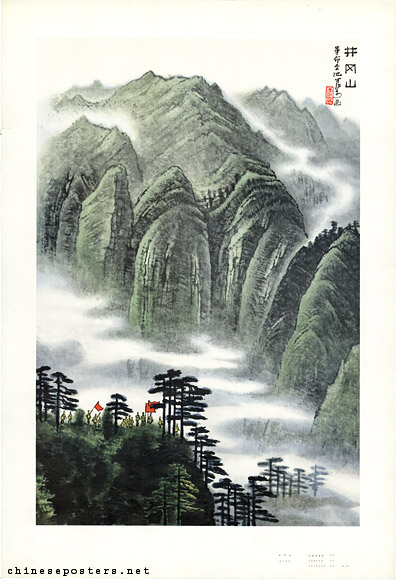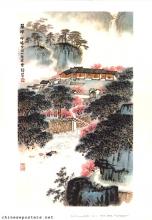After the Guomindang (GMD) turned against the Communist Party during the Shanghai Massacre of 1927, the communists either went underground or fled to the countryside. In Jinggangshan (井冈山), located in the border region between Hunan and Jiangxi Provinces, Mao Zedong set up his first peasant soviet. Security was provided by Zhu De and his remaining troops. Other veterans who joined the new base included Lin Biao and Zhou Enlai. From Jinggangshan, various attempts were made to start the revolution. In the winter of 1928-1929, the organization moved to Ruijin, Jiangxi Province, where the Jiangxi Soviet was set up. Here, the forerunner of the People’s Liberation Army was formed; here, the Party started organizing the peasantry as its mass base; here, a start was made with land reform. Eventually, in 1934, GMD troops would force the CCP out of Jiangxi on its Long March, which ended in Yan’an a year later.
New seedlings on Jinggangshan, early 1970s
During the period of revolutionary networking (串联, chuanlian, 1966-1967), intended for the Red Guards to exchange revolutionary experiences, Jinggangshan was turned into a place of pilgrimage. The same happened with Ruijin, Shaoshan (Mao’s birthplace), the Luding Bridge, Yan’an and Zunyi.

























